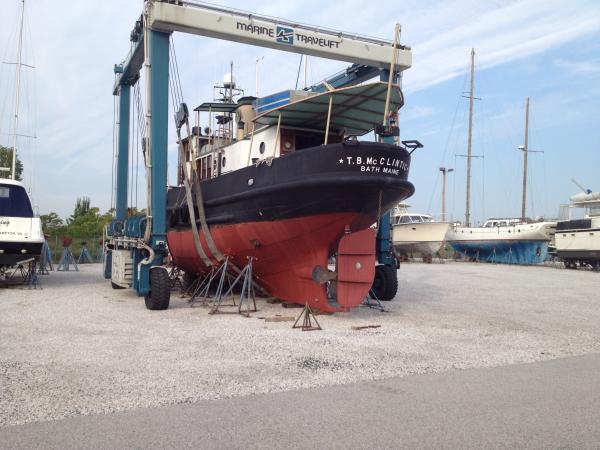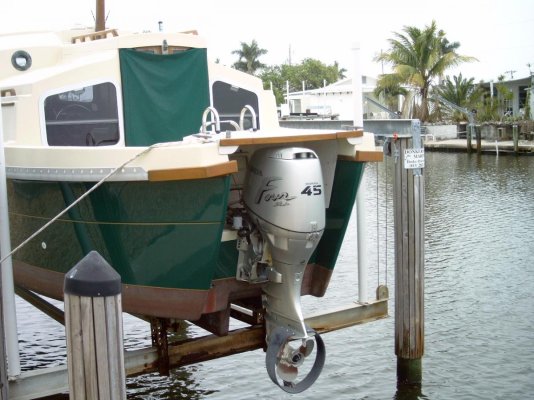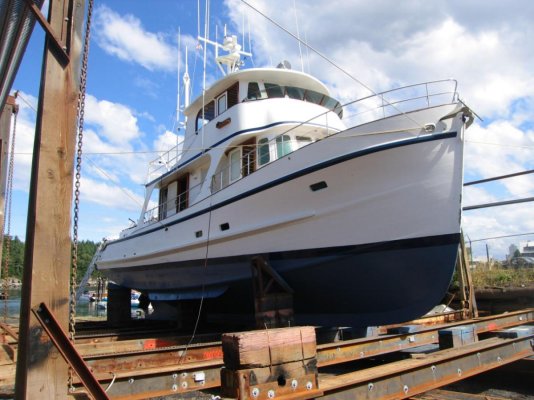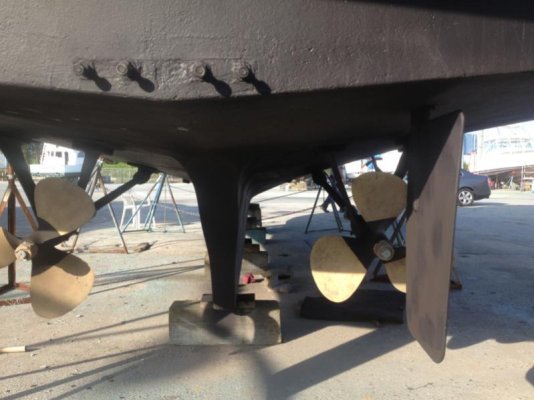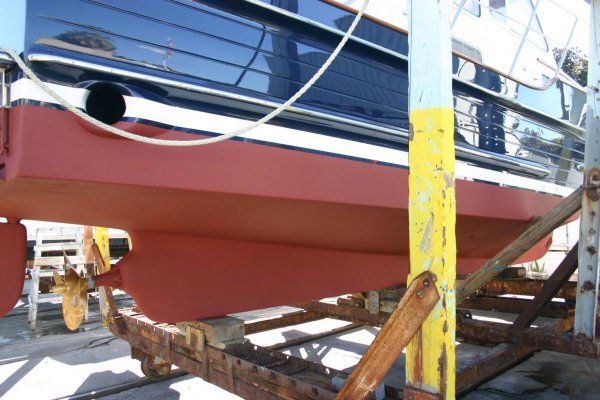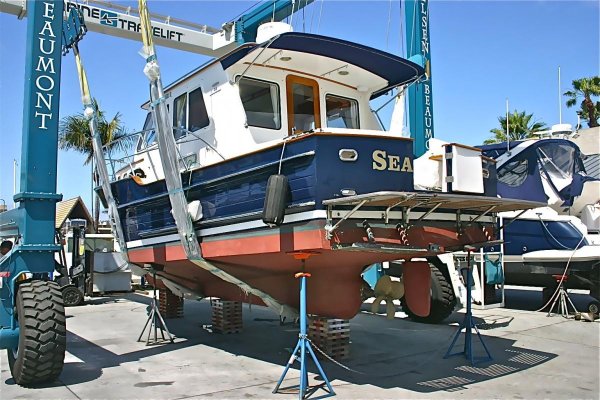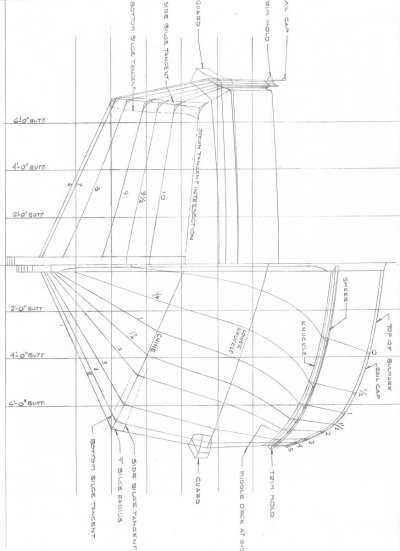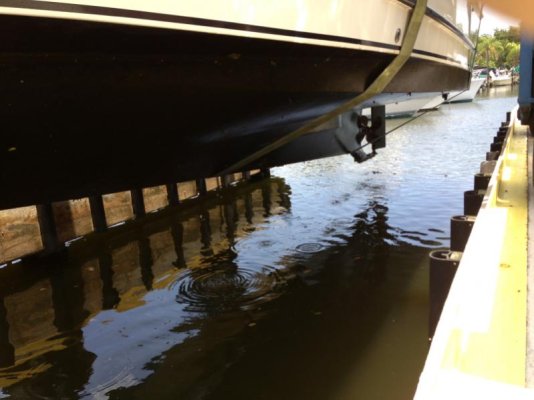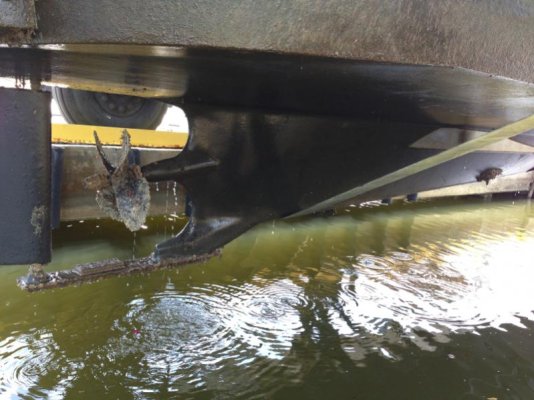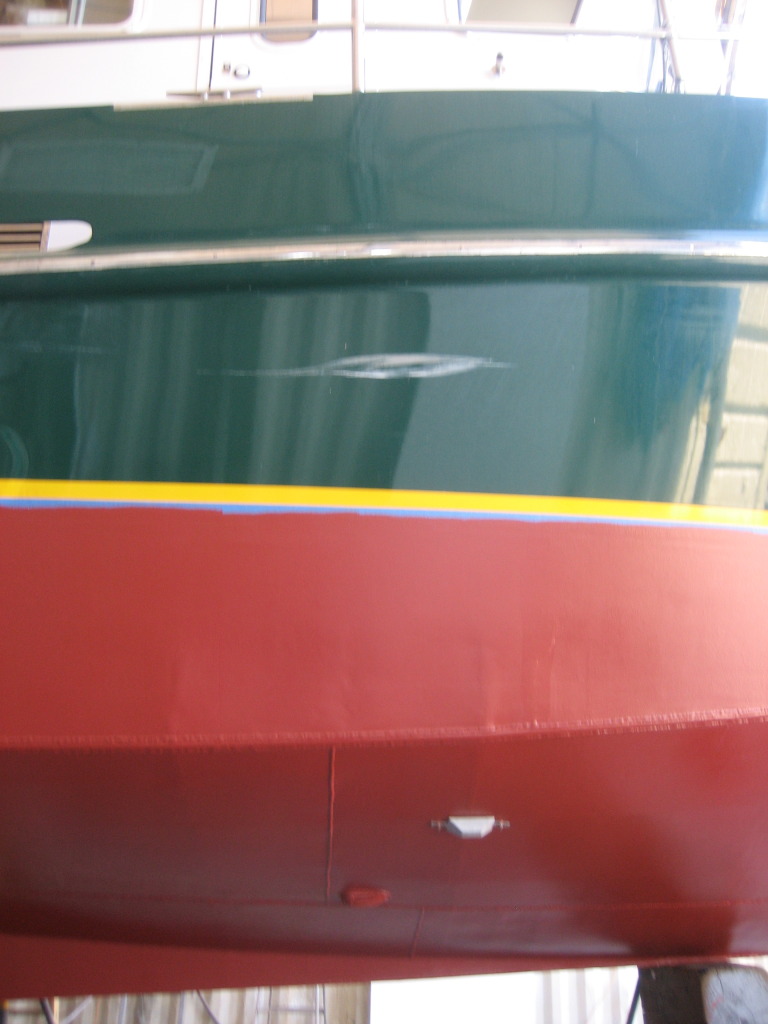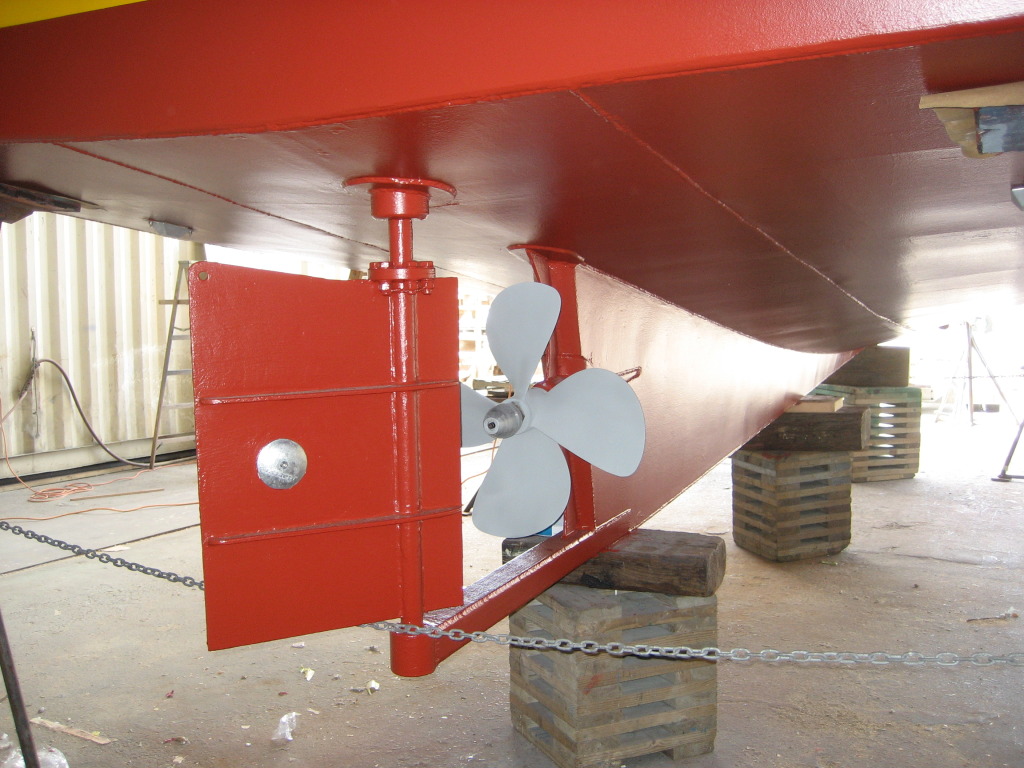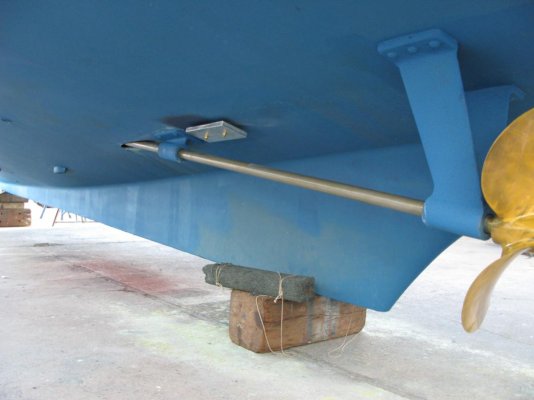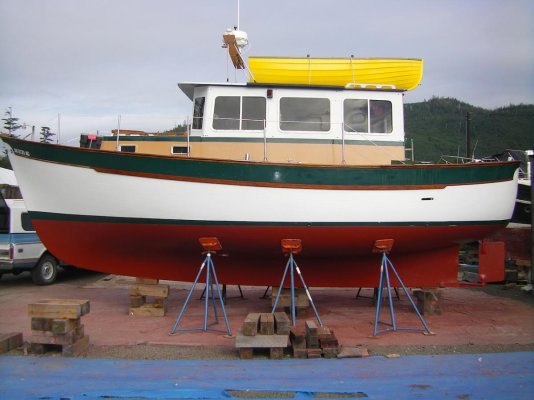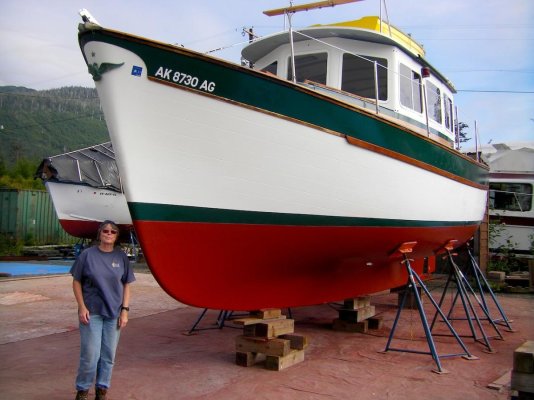Vashon_Trawler
Guru
- Joined
- Jun 13, 2013
- Messages
- 598
- Location
- USA
- Vessel Name
- M/V Sherpa
- Vessel Make
- 24' Vashon Diesel Cruiser
Thanks, ManyBoats! That is neat! You posted the commercial version of mine, which was set-up for salmon fishing--I haven't seen this one before. I believe Vashon Boat Works made two versions. Notice the wheel house is slightly larger on mine. My diesel is aft and in what would be the "fish hold" on the commercial version. I thought mine would look "cool" with outriggers and a cross-tee but wifey said no!
I guess I really have a "troller". Am I still allowed on this forum?
I guess I really have a "troller". Am I still allowed on this forum?
Last edited:


